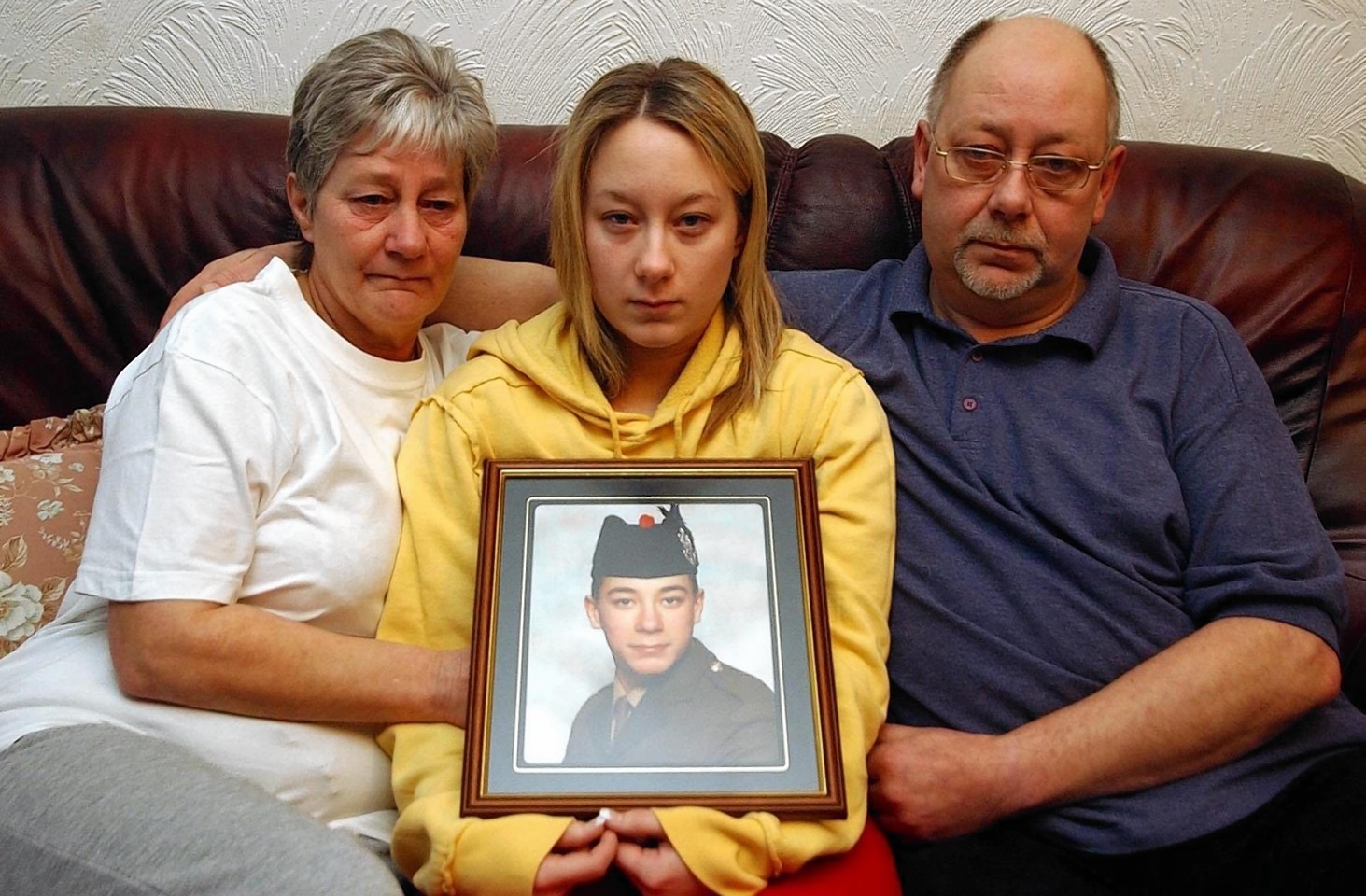A north-east mother is leading calls for Tony Blair to be tried after the Chilcot report revealed he privately assured George Bush he would be with the US president “whatever” – eight months before the Iraq invasion.
Aberdeen-based Diane Douglas, whose soldier son was killed in 2006, accused the former prime minister of going in with “both feet blazing” and taking the UK to war based on a “pack of lies”.
Scotland’s former first minister Alex Salmond also raised the prospect of legal action, branding the findings “excoriating” of a leader who gave a “predetermined commitment” to join the American-led invasion in July 2002.
Labour Leader Jeremy Corbyn said they showed the Iraq War was an “act of military aggression launched on a false pretext” and claimed the conflict had long been regarded as illegal.
But a defiant Mr Blair insisted the report should lay to rest “allegations of bad faith, lies or deceit”.
He highlighted its acknowledgement that the attorney general had – in the final days before the invasion – advised there was a lawful basis for military action, having previously suggested otherwise.
The Iraq Inquiry, started in 2009, never set out to determine the question of the 2003 invasion’s legality.
Its chairman, Sir John Chilcot, said yesterday that could only be resolved by a “properly constituted and internationally recognised court”.
But – going further than some had expected – the former Whitehall mandarin criticised the decision-making process which concluded war was legal as “far from satisfactory”.
He also said Britain’s invasion was based on “flawed intelligence”, characterising his report as an account “of an intervention which went badly wrong, with consequences to this day”.
And he added the conflict was initiated before peaceful options for disarmament had been exhausted, with military action “not a last resort”.
In March 2003, he said, there was “no imminent threat” from Saddam Hussein, the strategy of containment could have been “adapted and continued for some time” and the majority of UN Security Council members supported continuing inspections and monitoring.
Despite “explicit warnings”, Sir John said the consequences of the invasion were “underestimated” and planning for a post-Hussein Iraq “wholly inadequate”.
Frustratingly for the families of the dead, the report identified “equipment shortfalls” and pointed to the Ministry of Defence’s “slow” response to the threat from improvised explosive devices (IEDs).
Pauline Graham, whose grandson Gordon Gentle was blown up within weeks of arriving in Iraq, said his jeep had not been fitted with the correct kit.
The long-awaited 12-volume report – almost seven years in the making at a cost of an estimated £10million – considered UK policy from 2001 to 2009.
Established after the withdrawal of the main body of British troops, the inquiry analysed more than 150,000 government documents as well as other material related to the invasion.
Among the documents disclosed was a six-page memorandum from Mr Blair to Mr Bush, dated July 28, 2002 and marked “Secret Personal”.
In it, Mr Blair argued toppling the Iraqi dictator was “the right thing to do”, the crucial issue being “not when, but how”, and included the damning line: “I will be with you whatever.”
The then-prime minister also emphasised the importance of presenting the evidence about Iraq’s supposed weapons of mass destruction (WMD), as well as trying to establish a link with al Qaida in the aftermath of the 9/11 attacks on the Twin Towers in New York.
Speaking in the Commons after the release of the report, David Cameron said Mr Blair should be accountable “in this House and in the court of public opinion”.
But he also insisted MPs who voted to invade Iraq take their “fair share” of the responsibility.
In an apparent reference to Sir John’s finding that peaceful means had not been exhausted, the Tory leader said war should only ever be a “last resort”.
Responding for the Opposition, long-term anti-war activist Mr Corbyn did not mention Mr Blair by name, but said MPs had been “misled” by the former premier’s government and added those responsible must “face up to the consequences”.
At Prime Minister’s Questions, SNP Westminster leader Angus Robertson warned the lack of post-conflict planning flagged-up in the report had also been evident in relation to Afghanistan, Libya and Syria.
He asked Mr Cameron when the UK Government would “start learning from mistakes of the past so we are not condemned to repeat them”.
